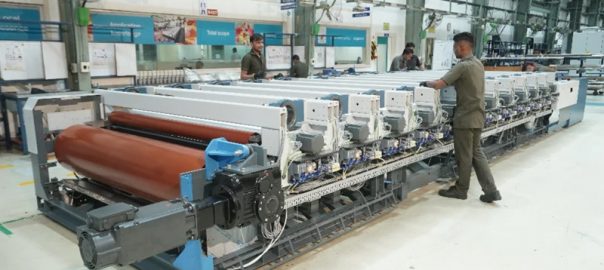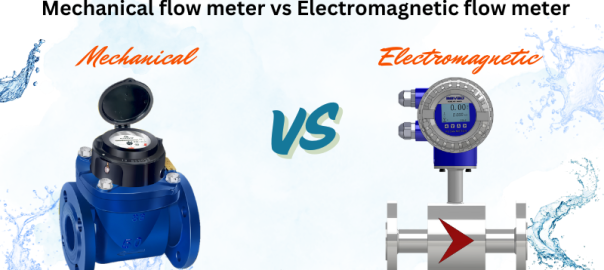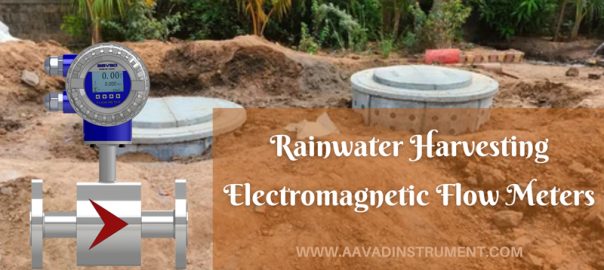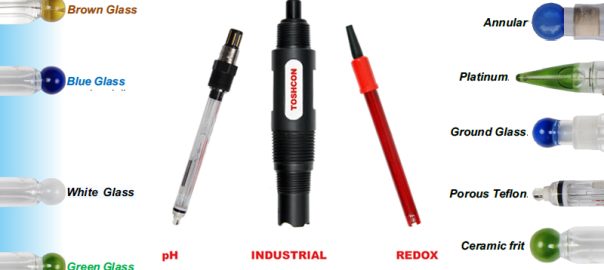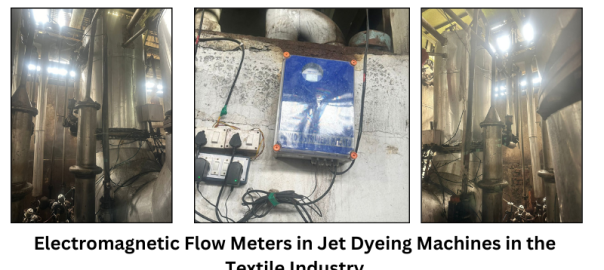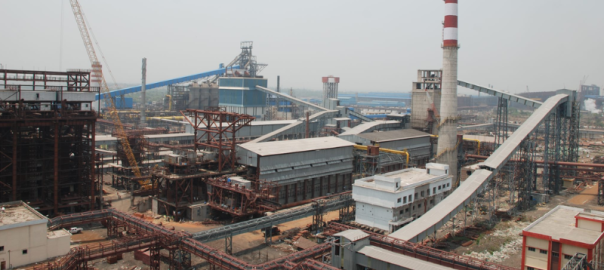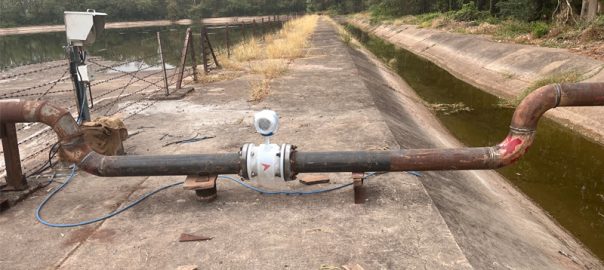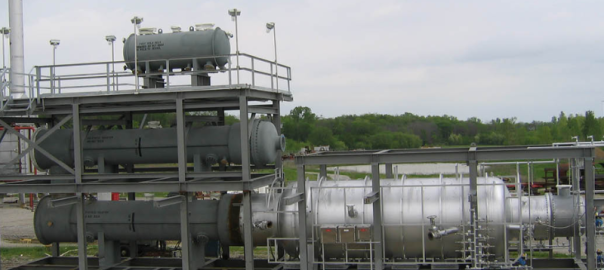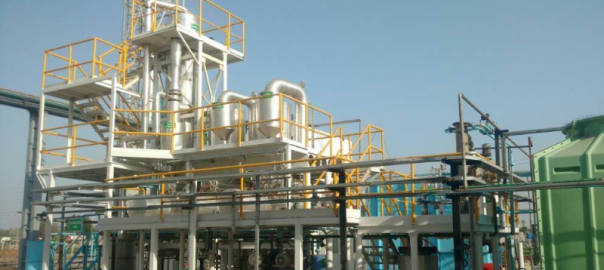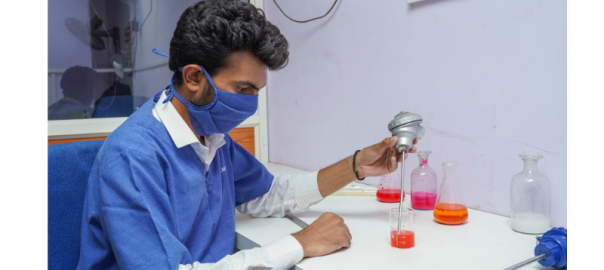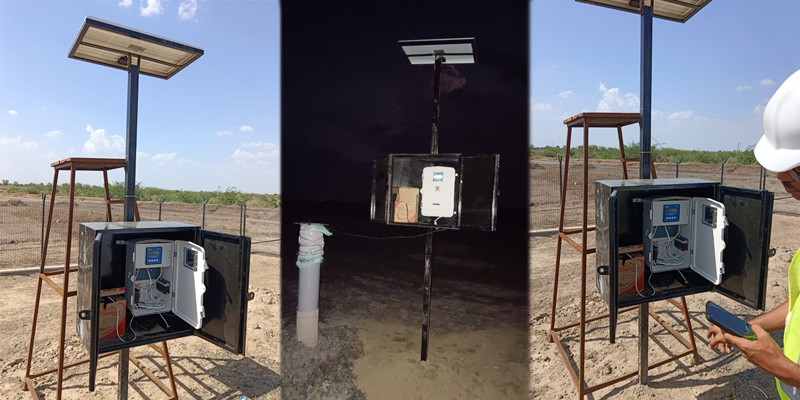
Piezometer with Solar System: A Revolutionary Tool for Remote Water Monitoring.
Water level sensor piezometer with solar panel.
A piezometer is an instrument used to measure the pressure of a liquid, typically groundwater, within a borehole or well. Piezometer provides highly accurate water level measurement for a side variety of applications, including those in harsh environments.
CGWA stands for the Central Ground Water Authority established guidelines to regulate and monitor groundwater extraction to prevent overexploitation and ensure sustainability.
What is a solar panel piezometer?
The solar piezometer system is collecting two energy sources. The solar panel is connected on top of the piezometer. The energy is taken from the sun’s rays through the solar panel and from the compression through the piezometer.
How does a piezometer with solar power work?
The combination of a piezometer and solar power enhances the flexibility of groundwater monitoring systems, especially in regions lacking reliable electricity infrastructure.
- Piezometer Sensor: The core of the system remains the piezometer sensor, which measures the water pressure or hydraulic head. Typically, this involves a pressure transducer that converts the water pressure into an electrical signal, which is then transmitted to a monitoring system.
- Solar Panel: A solar panel is connected to the system to provide energy. The solar panel harnesses sunlight and converts it into electrical power. This power is used to operate the piezometer, sensors, and data transmission units.
- Battery Storage: Since sunlight isn’t always available, solar energy is stored in batteries. The battery storage ensures that the piezometer system remains operational even when the sun isn’t shining, ensuring 24/7 monitoring.
- Data Logging and Telemetry Systems: Many solar-powered Telemetry piezometer systems include data loggers that record the pressure data. Some Telemetry systems even feature wireless communication, sending data to remote servers or smartphones via satellite, GSM, LORA, Wi-Fi, or real-time transmission networks. This allows for real-time monitoring without needing physical access to the site.
The piezometer system is an excellent choice
- Sustainability and Environmental Benefits
Making solar-powered piezometers an environmentally friendly option. Unlike systems powered by fossil fuels or traditional electricity, a solar-powered system has a significantly lower carbon footprint. This aligns with the global shift toward sustainable and green technologies, making them the preferred choice for environmentally conscious projects.
- Reliability & Minimal maintenance
Solar-powered systems are incredibly reliable in remote areas because they are not dependent on local power grids, which can be prone to outages, especially during extreme weather events. Furthermore, solar panels are durable, with a long lifespan (typically 20–25 years), and the batteries used for storage also have a long life with minimal maintenance requirements.
- Disaster & emergency preparedness.
In disaster-prone areas, solar-powered piezometers provide a reliable method for monitoring critical water pressures. These systems can operate continuously, even during power outages caused by natural disasters, providing early warning signs of potential issues. For instance, a piezometer monitoring groundwater pressure in a landslide zone can detect changes in pressure that indicate a potential landslide, giving authorities time to act.
- Real-time data & monitoring
Solar-powered piezometers can be integrated with wireless communication systems (like cellular networks or satellite communication), enabling real-time data transmission to remote monitoring stations.
Importance of piezometer with solar panel
- Versatile and adaptable for various applications
- Autonomous, remote, and continuous monitoring
- Low maintenance with minimal operational downtime
- Reliable performance in challenging environments
Aavad piezometer with solar panel
Aavad refers to a company that specializes in providing high accuracy measurement tools for geotechnical and environmental applications, including piezometers.
Conclusion
The integration of solar panels with piezometers marks a significant advancement in the field of environmental and geotechnical monitoring. These systems provide numerous benefits, including autonomous operation, low maintenance, and the ability to collect real-time data that can be transmitted wirelessly for remote monitoring. Their ability to function without external power infrastructure makes them ideal for long-term monitoring in challenging environments.


